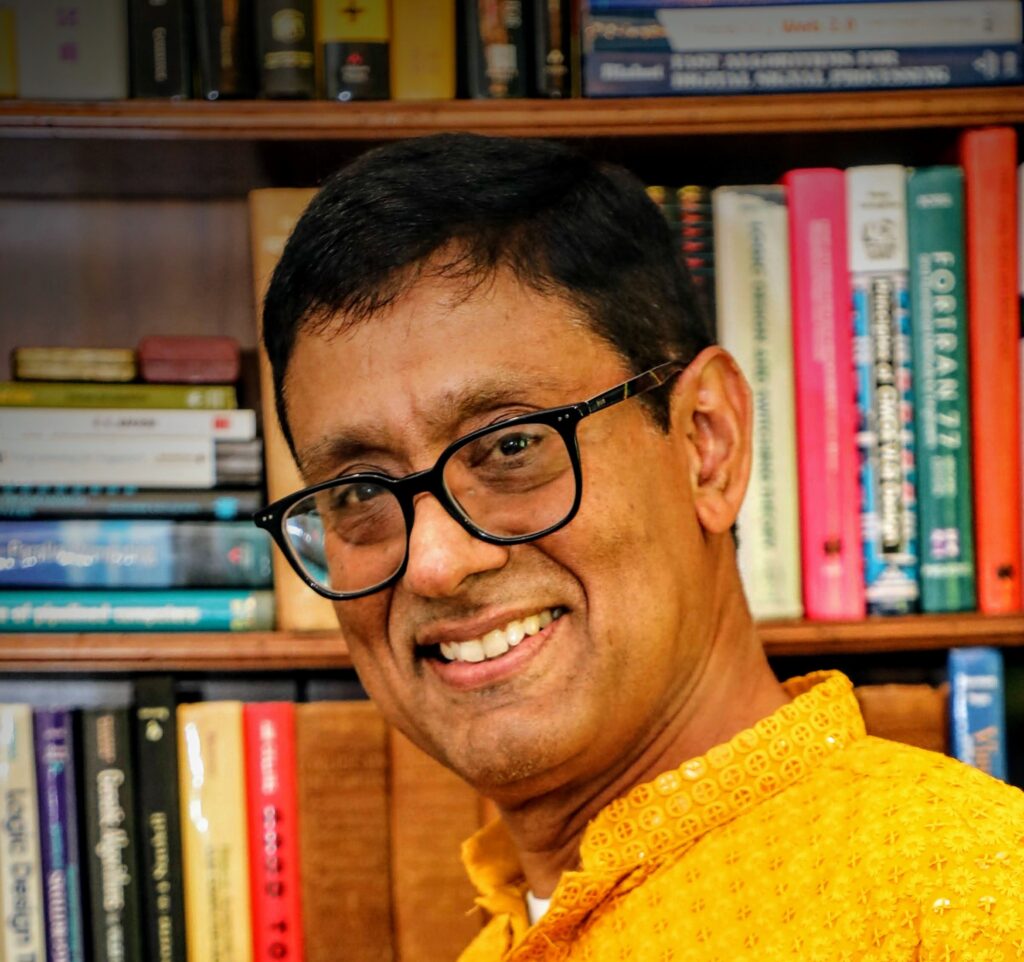CalBEM 2023 Keynote Speaker

Use of Artificial Intelligence and Digital Twins in Building Energy Modeling
Prith Banerjee, CTO, ANSYS
CalBEM 2023, October 17th, 2023 11:00AM PT
BIO: Prith Banerjee is Chief Technology Officer at ANSYS, a leader in engineering simulation. Prior to that, he was CTO of Schneider Electric, CTO of ABB, Managing Director of R&D at Accenture, and Director of HP Labs. Previously he spent 20 years in academia as Professor, Chairman and Dean at the University of Illinois and Northwestern University. He has founded two companies, AccelChip and Binachip. He has served on the Board of Cray, CUBIC, Turntide, and Anita Borg Institute, and the Technical Advisory Boards of Ambit, Atrenta, Calypto, Cypress, Ingram Micro, Virsec, and Ampere. He is a Fellow of the AAAS, ACM and IEEE. He is the author of more than 350 papers and a book entitled INNOVATION FACTORY. He received a B.Tech. in electronics engineering from the Indian Institute of Technology, Kharagpur, and an M.S. and Ph.D. in electrical engineering from the University of Illinois, Urbana.
ABSTRACT: Buildings use one-third of our total energy, and two thirds of electrical energy. Energy sustainability can be accomplished in buildings through increased efficient energy use, decreased energy consumption, reduced consumption of conventional energy sources, and increased use of renewable energy. In this talk I will speak about the use of Artificial Intelligence and Digital Twins in building energy modeling. AI/ML techniques can be used to accelerate energy modeling using top-down and bottom-up approaches. AI/ML techniques can be used to make it easier to build energy models. Digital Twins have been proposed to aid the Design, Analysis, Build, Manufacturing and Operations phases of asset-intensive industries such as manufacturing, energy, and buildings. Digital Twins have a physical asset, a virtual asset (a simulation model of the asset), and a two-way information flow between the physical and virtual worlds using an IOT platform. While most companies use data-based analytics and machine learning to build Digital Twins, they require lots of training data and the accuracy is limited to the observed data. Some industries have started using physics based simulation to build digital twins and while these approaches are accurate they require long computation times to deploy. Most recently, companies are using Hybrid approaches combining data-based analytics and physics-based approaches to build these digital twins that are very accurate and require less training data, and drive high operational efficiency of assets in buildings. I will end my talk with some future directions of building and energy modeling.